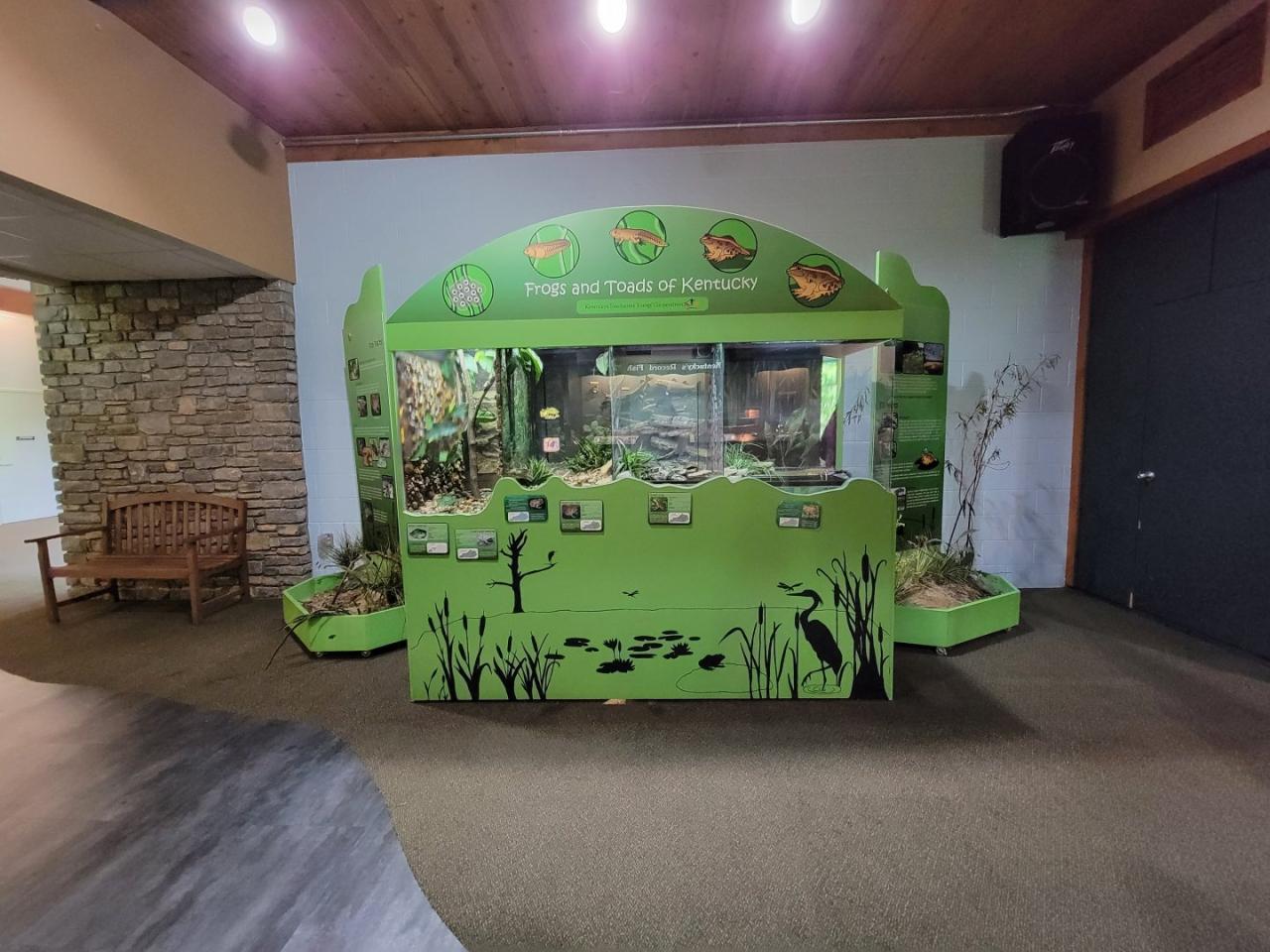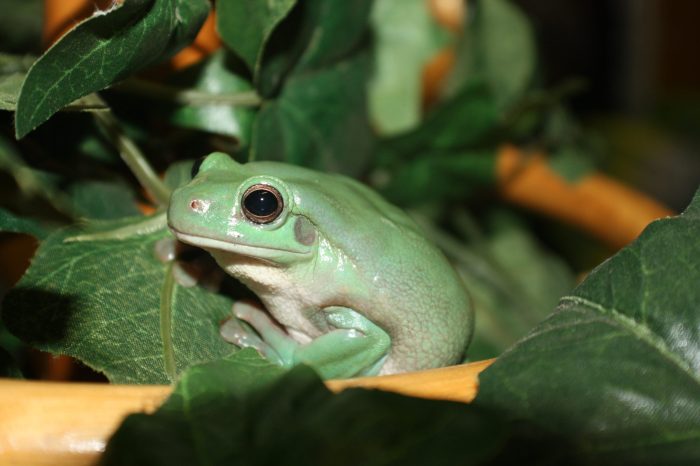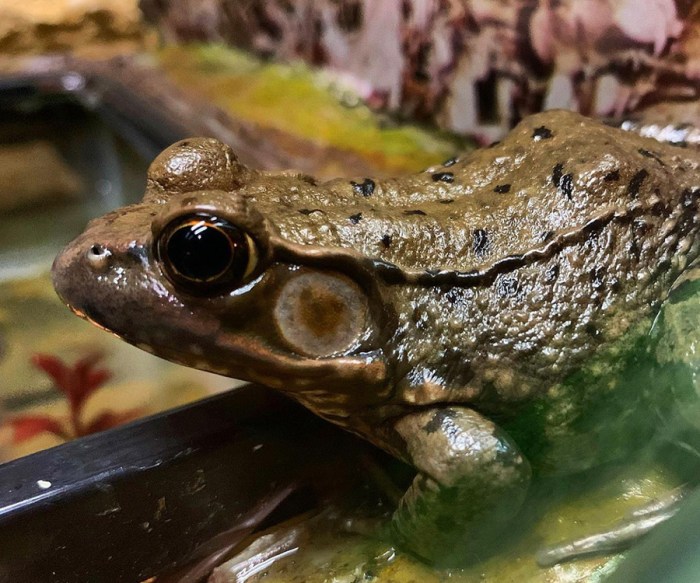Frogs and toads of Kentucky, an enchanting tale that unfolds in the heart of the Bluegrass State, invites you on an extraordinary expedition into the captivating world of amphibians. From the vibrant hues of spring peepers to the enigmatic calls of bullfrogs, this narrative unveils the hidden lives of these remarkable creatures, their intricate behaviors, and their profound ecological significance.
Prepare to delve into the fascinating realm of frogs and toads, where scientific classification meets captivating stories, and conservation concerns intertwine with cultural traditions. This comprehensive guide unveils the secrets of Kentucky’s amphibian treasures, leaving you with a newfound appreciation for these often-overlooked inhabitants of our natural world.
Taxonomy and Classification

The diverse amphibian fauna of Kentucky encompasses a wide range of frog and toad species, each belonging to distinct scientific classifications. These species exhibit a fascinating array of physical characteristics, habitats, and behaviors.
The following is a comprehensive list of frog and toad species found in Kentucky, categorized based on their scientific classification:
Family: Bufonidae (True Toads)
- Anaxyrus americanus(American Toad)
- Anaxyrus fowleri(Fowler’s Toad)
- Anaxyrus woodhousii(Woodhouse’s Toad)
Family: Hylidae (Tree Frogs)
- Acris crepitans(Northern Cricket Frog)
- Hyla chrysoscelis(Cope’s Gray Tree Frog)
- Hyla versicolor(Gray Tree Frog)
- Pseudacris crucifer(Spring Peeper)
- Pseudacris triseriata(Western Chorus Frog)
Family: Ranidae (True Frogs)
- Lithobates catesbeianus(American Bullfrog)
- Lithobates clamitans(Green Frog)
- Lithobates palustris(Pickerel Frog)
- Lithobates sylvaticus(Wood Frog)
Family: Scaphiopodidae (Spadefoot Toads)
- Scaphiopus holbrookii(Eastern Spadefoot Toad)
Distribution and Habitat

Frogs and toads are widely distributed throughout Kentucky, inhabiting a diverse range of habitats. From the lush wetlands of the western counties to the rolling forests of the eastern mountains, these amphibians can be found in a variety of environments.
Wetlands, including marshes, swamps, and ponds, are particularly important habitats for frogs and toads. These areas provide ample breeding grounds and a rich source of food, such as insects, worms, and small fish. Forests, both deciduous and coniferous, also support significant populations of frogs and toads, offering shelter and moisture under logs, rocks, and leaf litter.
Urban Areas
Surprisingly, frogs and toads have adapted well to urban environments. Many species can be found in parks, gardens, and even storm drains. These areas often provide access to water sources, such as ponds or streams, and a diverse food supply, including insects and other small animals.
Life Cycle and Behavior

Frogs and toads of Kentucky exhibit a fascinating life cycle and display intriguing behaviors. They undergo metamorphosis, transforming from aquatic larvae to terrestrial adults.
Frogs and toads of Kentucky thrive in diverse habitats, adding charm to the state’s ecosystem. While they’re fascinating creatures, let’s venture into a different arena. For those curious about rodeo techniques, exploring the calf roping jerk line setup can be an intriguing pursuit.
Returning to our Kentucky frogs and toads, their presence enriches the state’s natural beauty, making them a cherished part of its wildlife.
Life Cycle
The life cycle of frogs and toads begins with eggs. These eggs are typically laid in water, and they hatch into tadpoles. Tadpoles have long tails and external gills, and they live in water. As they grow, tadpoles develop legs and lungs and lose their tails.
Eventually, they transform into adult frogs or toads.
Reproductive Behavior
Frogs and toads typically breed during the spring and summer months. Male frogs and toads use vocalizations to attract females. Once a female is attracted, the male will clasp her and fertilize her eggs externally.
Feeding Habits
Frogs and toads are carnivorous and feed on a variety of insects, worms, and other small animals. They use their long, sticky tongues to capture prey. Frogs and toads are also preyed upon by a variety of animals, including snakes, birds, and fish.
Conservation and Threats

Frogs and toads in Kentucky face various conservation challenges, including habitat loss, pollution, and climate change. Their populations have declined significantly in recent years, raising concerns about their long-term survival.
Habitat Loss, Frogs and toads of kentucky
The primary threat to frogs and toads in Kentucky is habitat loss. Urbanization, deforestation, and agricultural expansion have destroyed or fragmented their natural habitats, reducing their available breeding grounds and foraging areas. Wetlands, which are crucial for amphibian reproduction and survival, have been particularly vulnerable to development.
Pollution
Pollution from industrial, agricultural, and urban sources poses a significant threat to frogs and toads. Contaminants such as pesticides, herbicides, and heavy metals can accumulate in their bodies, causing health problems and developmental abnormalities. Water pollution can also degrade their breeding habitats, reducing their reproductive success.
Climate Change
Climate change is another emerging threat to frogs and toads in Kentucky. Rising temperatures and changes in precipitation patterns can disrupt their breeding cycles and alter their habitats. Warmer temperatures can lead to earlier breeding, which can result in mismatches between the availability of food and larval development.
Extreme weather events, such as droughts and floods, can also impact their survival.
Cultural and Ecological Significance: Frogs And Toads Of Kentucky
Frogs and toads of Kentucky have a rich cultural and ecological significance, featuring in folklore, environmental health, and the food chain.
In Kentucky folklore, frogs and toads are often associated with rain and fertility. One legend tells of a young woman who was transformed into a frog after being unfaithful to her husband. The frog then sang a song that brought rain to the parched land.
Ecological Importance
Frogs and toads are important indicators of environmental health. Their sensitivity to changes in water quality and habitat makes them valuable for monitoring the overall health of aquatic ecosystems.
They are also an important part of the food chain. Frogs and toads consume a variety of insects, helping to control their populations. In turn, frogs and toads are a source of food for larger animals, such as snakes, birds, and fish.
Clarifying Questions
Are frogs and toads poisonous in Kentucky?
While some species of frogs and toads in Kentucky may have toxic skin secretions, most are harmless to humans. However, it’s always best to avoid handling amphibians and to wash your hands thoroughly if you do come into contact with them.
What is the largest frog found in Kentucky?
The American bullfrog is the largest frog species found in Kentucky, with adults typically measuring between 4 and 6 inches in length.
What is the smallest toad found in Kentucky?
The eastern spadefoot toad is the smallest toad species found in Kentucky, with adults typically measuring less than 2 inches in length.
Are there any endangered frogs or toads in Kentucky?
Yes, the Kentucky arrow darter frog is a federally endangered species that is found in only a few counties in western Kentucky.